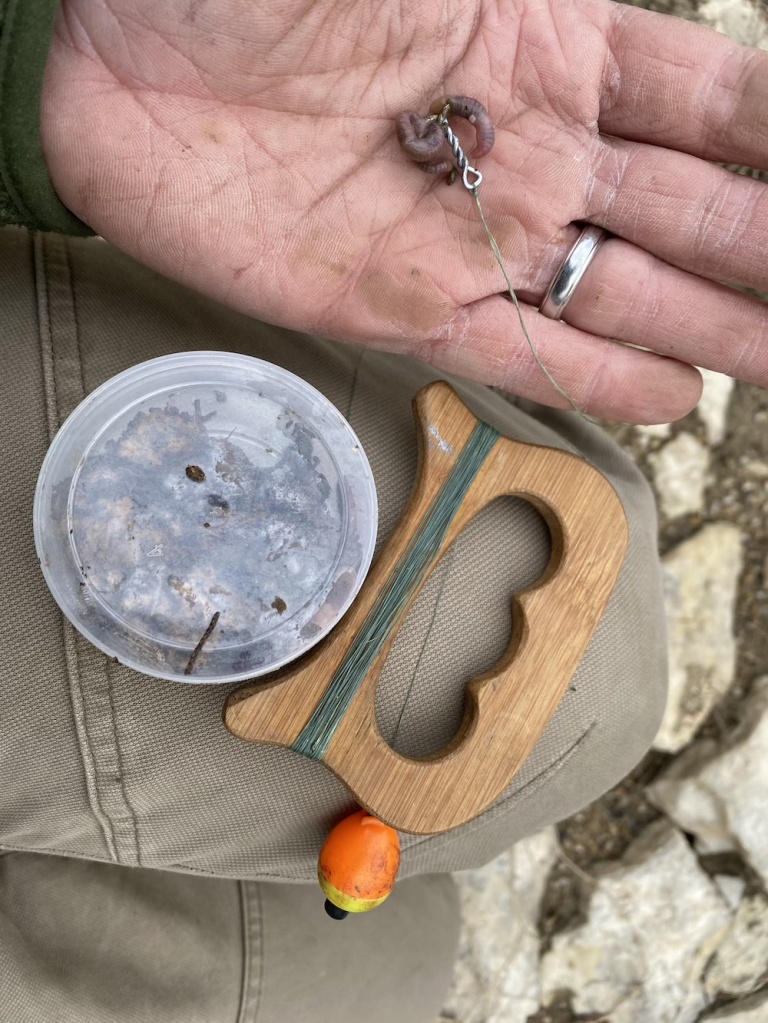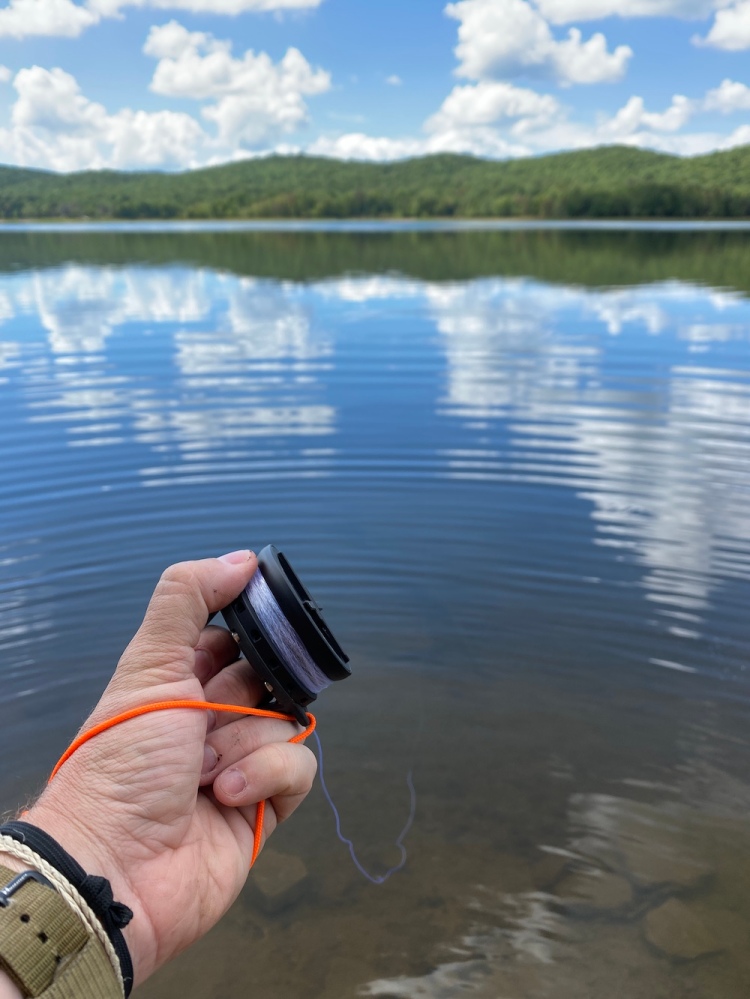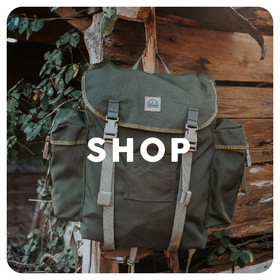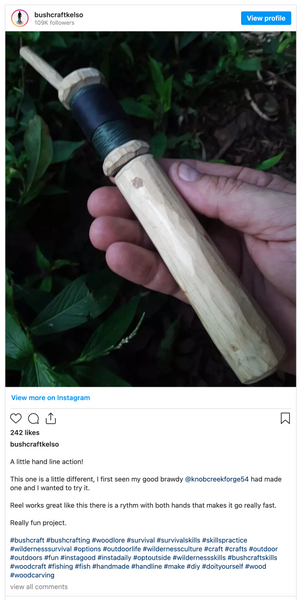
Intro to Handline Fishing
Most survival kits include some sort of fishing line and hooks. However, if you have ever tried to fish with just these items, you know it's a quick way to end up with a tangled mess. To effectively fish, you need some sort of line management, and if it allows you to cast further and reach better fishing locations, even better. This is where handlines come into play.
While this type of fishing might seem foreign to some avid anglers, in many parts of the world, handlines are used to target fish species of all sizes. As a matter of fact, certain types of handlines are commonly used to catch relatively large saltwater species.
Speaking of types of handlines, they fall into several categories. Fishing yoyos or Cuban Yoyos are usually larger than other options. They're popular in coastal areas, and you can find them made from wood or modern materials like plastic and aluminum. While they aren't as packable as other options, you can find them at some bait shops for $10-20.
The baton style of handline can have great variance in fit and finish. It's essentially a round piece of wood, or sometimes other materials, that provides a handle and a spot to store your line. This type can easily be improvised in the field with a stick and a bit of time with your knife. Or you can go fancy like this example from our beloved Bushcraft Kelso. he included a reel to help rewind the handline.
The next type is a bit harder to pin down a name for, but for the sake of this post, let's call them knuckle handlines. This style dates back several centuries in England. They come in all shapes and sizes, and you easily make one from a split of wood. They can be scaled to your kit, ranging from small handlines inside of tins to larger versions for packs and pouches.



One of the nicest handlines on the market is also one of the easiest to use. The Exotac xREEL provides a convenient way to store your line, cast it, and also keep hooks and other tackle handy.


To fish with the xREEL, you slip a couple of fingers through the TPE strap, point the reel where you plan to cast and hold the end of the line in your other hand. After a few quick spins of the bait off to the side, you release the line, and the momentum pulls the line off of the xREEL. It takes a bit of practice, but in no time, you should be able to cast twenty feet with relative accuracy. Once you have a fish on the line, you simply spool it back around the xREEL.

The process for casting is essentially the same for most handlines, but some are easier than others. Regardless of what style you decide to go with, it's nice to know that you have a reliable way to catch some fish when the opportunity arises.






